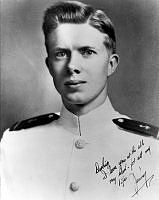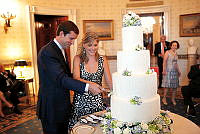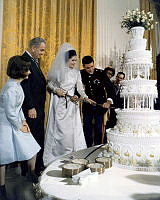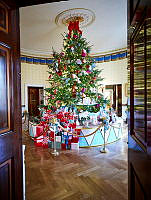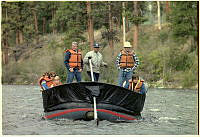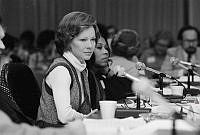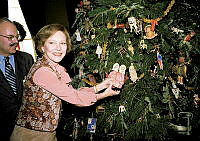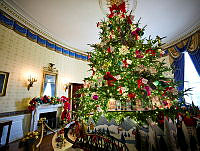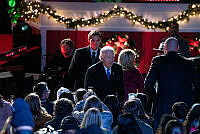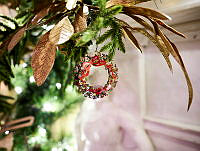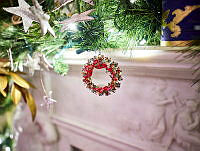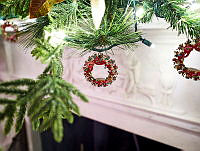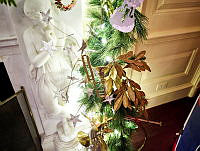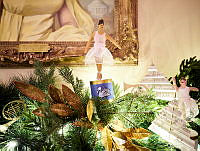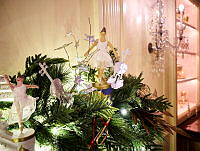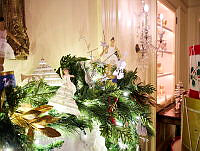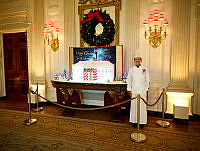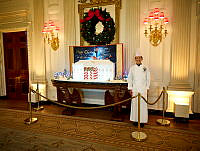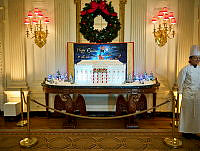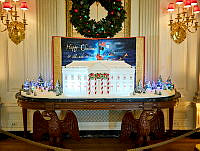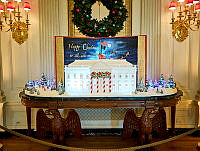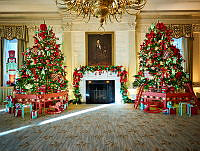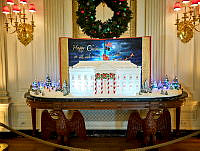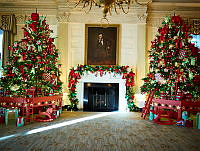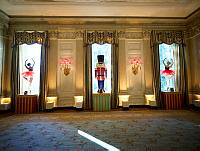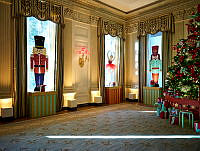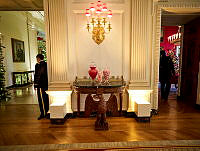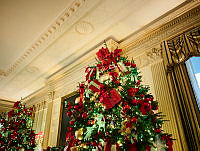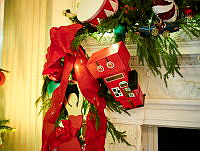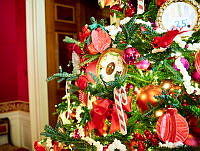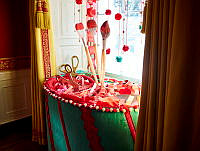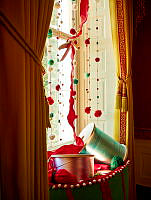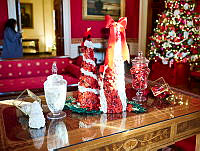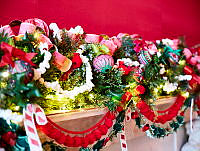Elizabeth Monroe

Elizabeth Kortright was born to Lawrence and Hannah Kortright in New York City on June 30, 1768.1 On February 16, 1786, she married James Monroe in New York, and together they had three children: Eliza (1786), James (1799), and Maria (1802).2
Very little is known about Elizabeth Monroe’s personal life; according to family tradition, James Monroe burned his wife’s letters after she died. Only a handful of her letters survive.3 However, we can glean information about her from her environment and relationships with others.
In 1794, James Monroe was appointed minister to France, followed by similar posts in Spain and Great Britain.4 Elizabeth traveled with her husband, learning the art of diplomacy while surrounded by different cultures and languages. She also played a role in diplomatic affairs. In Paris, Adrienne de Lafayette, wife of the Marquis de Lafayette, had been imprisoned and sentenced to die by the guillotine during the French Revolution; Mrs. Monroe visited Adrienne on her husband’s behalf at Plessis prison, and soon after, they arranged for her release.5
She and her husband also oversaw the operation of their Virginia plantations, Highland and Oak Hill, and the dozens of enslaved men, women, and children who labored there.6
When James Monroe became president in 1817, the reconstruction of the White House, burned by the British in 1814, was nearing completion. A few months later, the Monroes moved in.7 It is likely that Mrs. Monroe played a part in the refurnishing of the new and improved Executive Mansion; the Monroes imported many decorative pieces from France, including the Bellangé suite that resides in the Blue Room today.8 She may also have managed the free and enslaved workers at the White House, as women often oversaw household staff in the nineteenth century.9
Compared to her predecessor, Dolley Madison, Mrs. Monroe’s entertaining schedule was far more limited.10 This was in part due to her health—documentation indicates that the first lady was chronically ill.11 Even her daughter Maria’s White House wedding on March 9, 1820, was a small, family affair.12 Occasionally, their eldest daughter, Eliza, stepped in as hostess, especially during Monroe’s second term.13
After leaving the White House in 1825, the Monroes returned to Oak Hill. Elizabeth Monroe died on September 23, 1830, and was buried there; her gravesite was later moved to Hollywood Cemetery in Richmond, Virginia.14
Footnotes & Resources
- “Elizabeth Monroe,” National First Ladies Library and Museum, https://firstladies.org/home/first-ladies/elizabeth-monroe.
- “Genealogy and Biography,” The Papers of James Monroe at University of Mary Washington, https://academics.umw.edu/jamesmonroepapers/biography/.
- Heidi Stello, “A New First Lady Document Identified,” The Papers of James Monroe at University of Mary Washington, https://academics.umw.edu/jamesmonroepapers/2019/08/01/new-first-lady-document-identified/.
- “Genealogy and Biography,” The Papers of James Monroe at University of Mary Washington, https://academics.umw.edu/jamesmonroepapers/biography/.
- Harlow Giles Unger, The Last Founding Father: James Monroe and a Nation’s Call to Greatness (New York: Hachette Books, 2009), eBook ; “Adrienne, the Marquise de Lafayette, American Friends of Lafayette, https://friendsoflafayette.wildapricot.org/Adrienne.
- “Highland and Slavery,” James Monroe’s Highland, https://highland.org/highland-and-slavery/; “Oak Hill,” National Park Service, https://www.nps.gov/places/oak-hill.htm.
- Matthew Costello, “The Enslaved Households of President James Monroe,” White House Historical Association, https://www.whitehousehistory.org/the-enslaved-households-of-president-james-monroe.
- “The Monroes’ Legacy,” White House Historical Association, https://www.whitehousehistory.org/galleries/the-monroes-legacy.
- Matthew Costello, “The Enslaved Households of President James Monroe,” White House Historical Association, https://www.whitehousehistory.org/the-enslaved-households-of-president-james-monroe.
- Elizabeth Novara, “Of Note: New Year’s Receptions and White Feathers at the White House in 1818,” Library of Congress, https://blogs.loc.gov/manuscripts/2024/01/of-note-new-years-receptions-and-white-feathers-at-the-white-house-in-1818/; Margaret Bayard Smith, The First Forty Years in Washington Society (New York: Charles Scribner’s Sons, 1906), 141-142.
- A Companion to First Ladies, Ed. Katherine A. Sibley (Malden, MA: Wiley Blackwell, 2016), Ebook.
- “Something Old, Something New: Maria Monroe,” White House Historical Association, https://www.whitehousehistory.org/digital-library/exhibits/something-old-something-new-eight-first-daughters-fashionable-white-house-weddings/maria-monroe.
- “Eliza Monroe Hay,” The Papers of James Monroe at University of Mary Washington, https://academics.umw.edu/jamesmonroepapers/biography/eliza-monroe-hay/.
- “Elizabeth ‘Eliza’ Kortright Monroe,” FindaGrave, https://www.findagrave.com/memorial/4076/elizabeth-monroe.














